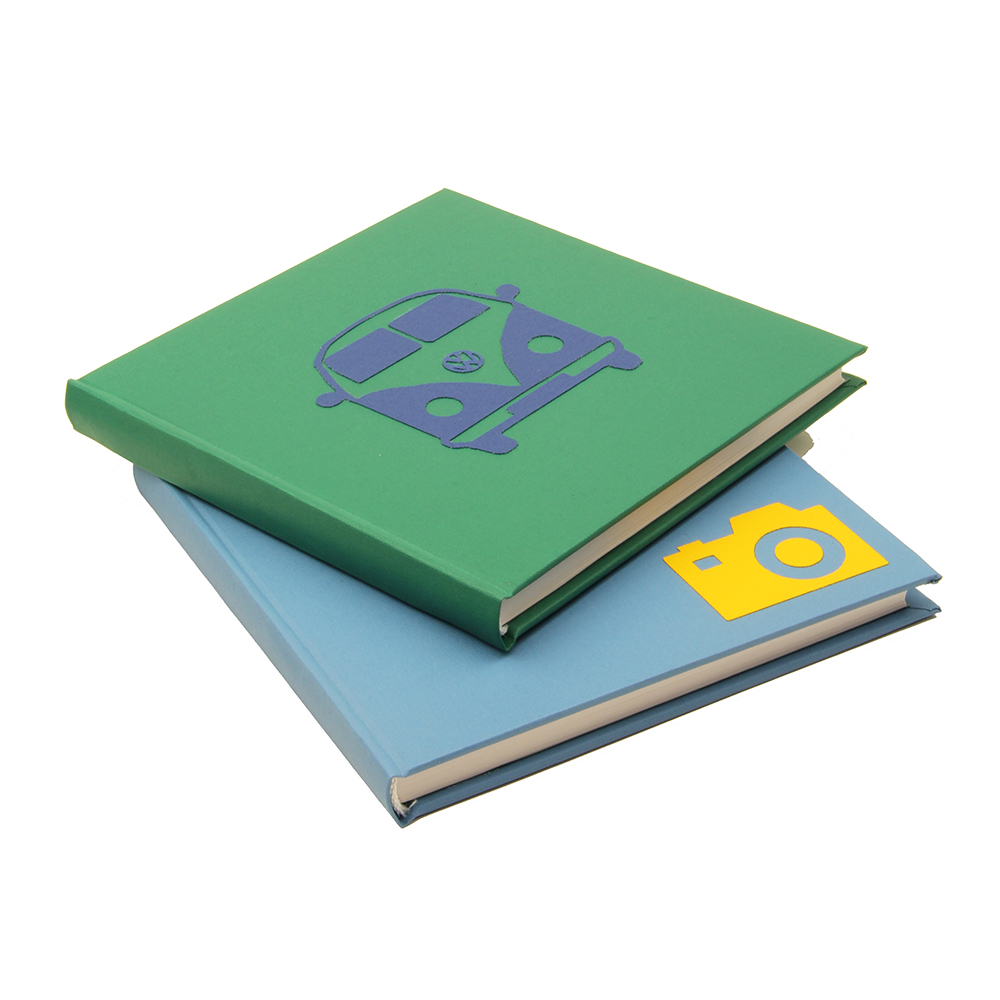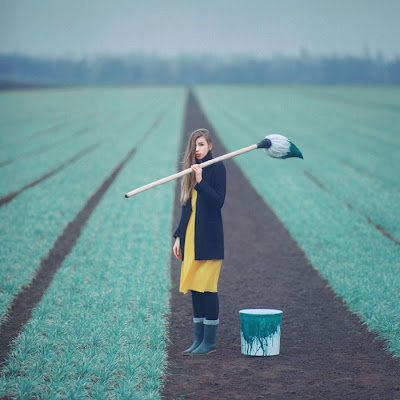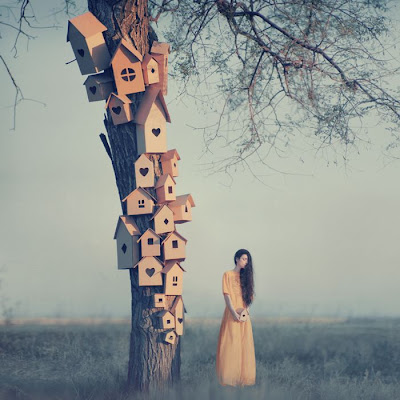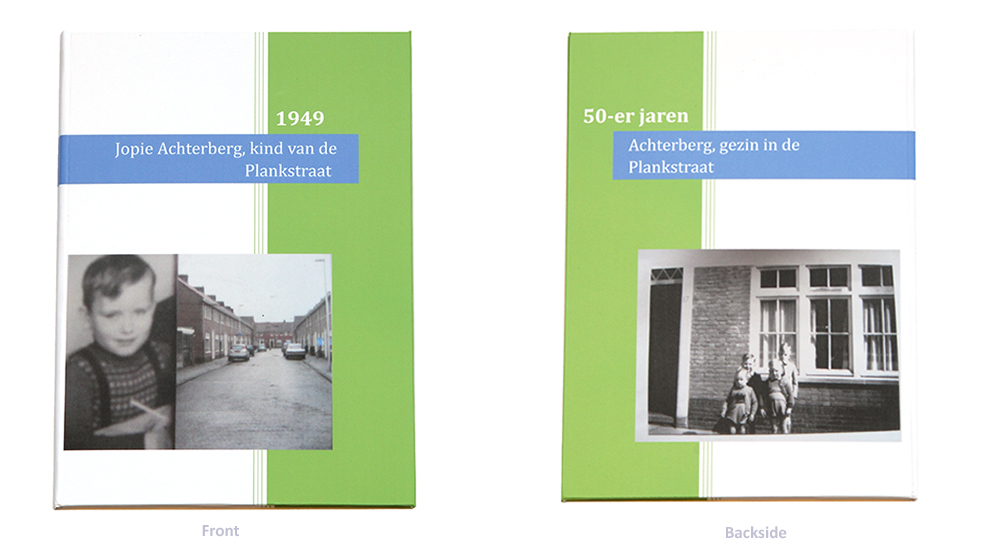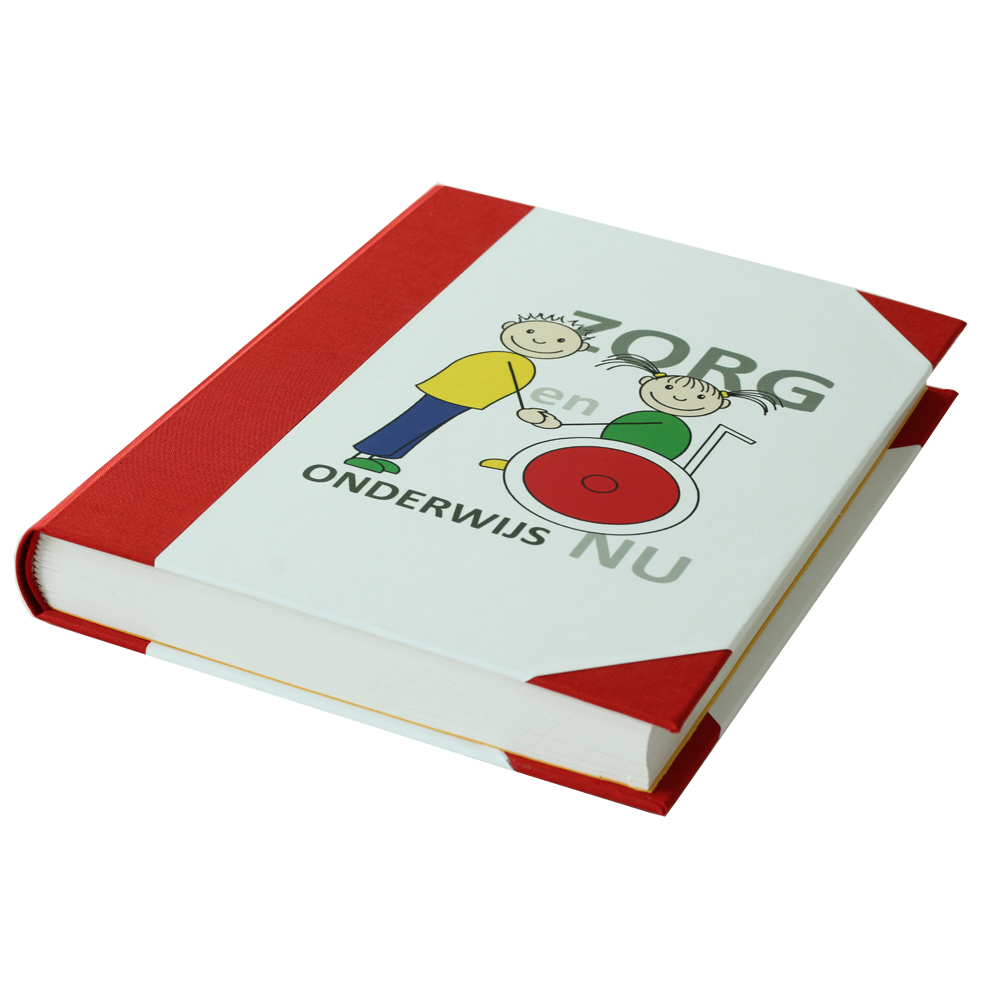Wow, so simple and sooo beautiful ... Japanese prints, and I am not the only one who is impressed by this imagery, for centuries Japanese art inspired artists all over the world. The exhibition 'Verstilde schoonheid op Japanse prenten' (Tranquil Beauty on Japanese Prints) at
Centre Céramique in Maastricht shows the influence of those wood prints on European artists.
In 1851 the Japanese borders were opened and Japan participated in the World Exhibition in London in 1862. Japanese products were exported all over the world, and Japan and its products and art became super fashionable. Japonism even became an art movement for a while. Especially impressionist artists were influenced by Japanese prints, such as Manet, Monet and Van Gogh. The American artist Bertha Lum made beautiful woodcut prints based on Japanese themes:
Woodblock Printing
Woodblock printing had been used in China for centuries, but was only widely adopted in Japan during the Edo-period (1603-1867) were it was used to create the ukiyo-e. The production was fairly simple, but also very precise. A number of persons was involved in the process, like the designer, the woodcut artist and the printer. First a sketch was drawn on Washi-paper. This sheet was put on the wooden block and everything outside the lines was cut away, so the image was mirrored. Every colour had it's own wooden block, so colorful images were more expensive. The wooden blocks were pressed on damp paper and the printer used a 'baren' to rub the ink in the paper. An early form of mass production.
Ukiyo-e
The Edo-period has been named after the city Edo (Tokyo). Because the entourage and the military top were required to live close to the Shogun, Edo became a very wealthy city, with a flourishing cultural live. Teahouses, restaurants, gambling houses, bathhouses, theaters and brothels were the symbols of this rich and fleeting (ukiyo) world. Artists were inspired by this new world, and a new art movement was born: Ukiyo-e, means image of the fleeting world.
Shin Hanga
Early twentieth century the ukiyo-e was restored by artists such as Goyo, Kotondo, Kiyoshi, Shinsui Ito and Shiro Kasamatsu. Characteristic is the reference to classic images, but with a modern twist. For example, the modern women (moga) don't look down, the just look you in the eye ... the courtesans at the antique ukiyo-e always looked down. Kasamatsu was one of the most respected of the Shin Hanga artists, his specialty was landscapes:
This was just a very very short resume of Japanese woodblock print art. Since I am extremely fascinated by the Japanese culture and Japanese art the coming weeks I will blog about Japanese patterns, artists and bookbinding. Hope to see you on my Japanese tour :)


